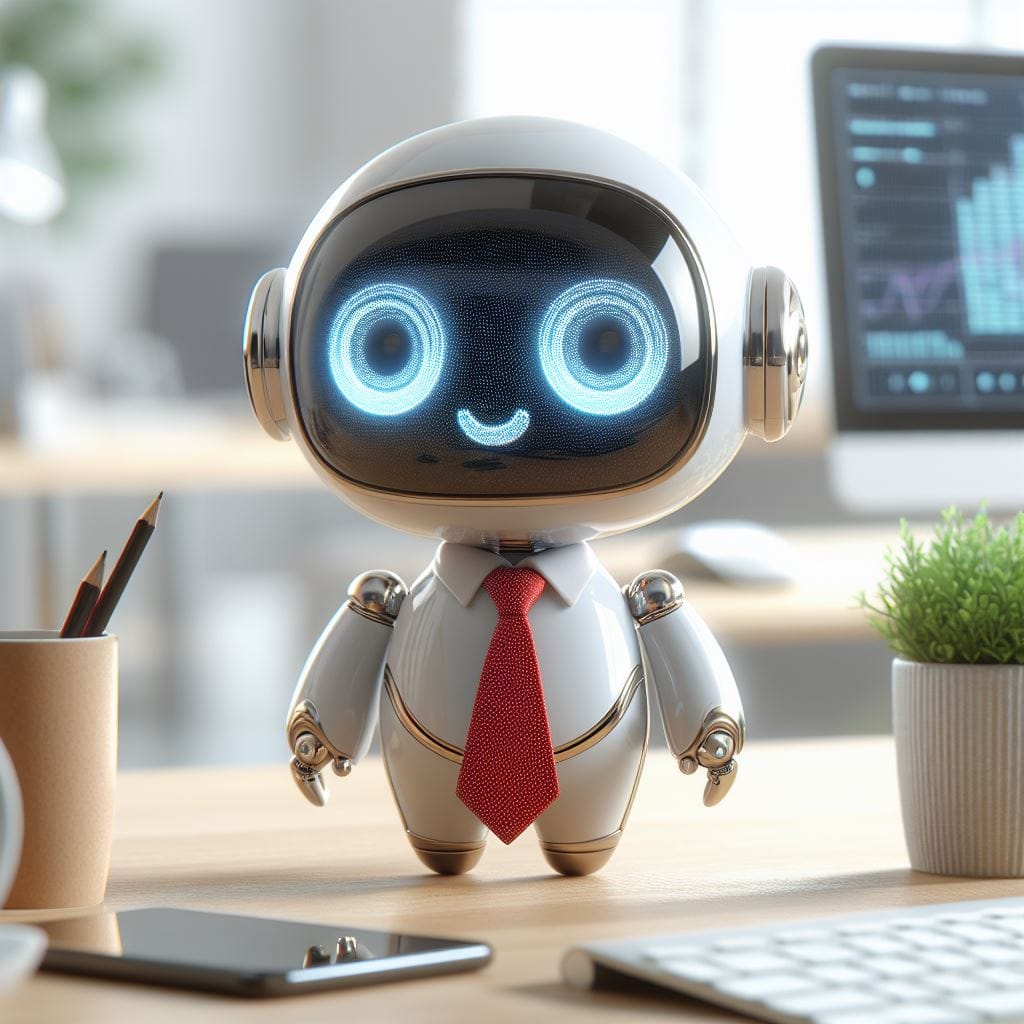Script to AI: Chatbot Tech Evolution

The evolution of technology often reads like a script from a visionary sci-fi novel, where machines become increasingly adept at understanding and responding to human needs. In the realm of digital communication, this progress is most visibly marked by the development of chatbots. From rudimentary scripted responses to sophisticated AI-driven interactions, chatbots have undergone a transformation that has reshaped how businesses engage with customers and how users seek information and assistance online. This article delves into the compelling journey from basic scripts to advanced AI in the world of chatbot technology, highlighting how these tools have enhanced user interactions.
From Basic Scripts to Advanced AI: A Journey
In the early days of digital communication, chatbots were simple scripted systems designed to follow predetermined paths. These initial models could handle basic queries but were limited by their inability to deviate from their scripts. As a result, interactions often felt mechanical and were easily stumped by anything outside their programmed knowledge base. However, the foundational work with these scripted bots set the stage for more sophisticated developments, providing key insights into structured customer interactions and the types of queries that commonly arise.
The breakthrough came with the integration of machine learning and natural language processing (NLP) technologies, which allowed chatbots to learn from the data they processed. This shift marked the beginning of the transition from rule-based systems to AI-driven platforms capable of understanding context and intent. AI chatbots could now grow more adept over time, improving their responses based on previous interactions and becoming more conversational and personable in the process.

Today’s AI chatbots represent a significant leap from their script-based predecessors. Equipped with advanced algorithms, these bots can handle complex and varied interactions, understand nuances in language, and respond in a way that feels natural and engaging. They can even detect user emotions to some extent, tailoring their responses to deliver not just information, but also empathy and support, thus significantly enhancing the user experience.
Enhancing Interactions: The Rise of Chatbots
The rise of chatbots has been instrumental in transforming customer service sectors across various industries. Initially seen as a tool for handling customer inquiries after hours, chatbots have now become a 24/7 bridge between businesses and customers. They offer instant responses to queries, significantly reducing wait times and improving overall customer satisfaction. This capability to provide immediate, round-the-clock assistance is particularly valuable in today’s fast-paced world where timely information and support can greatly influence consumer loyalty.
Beyond customer service, chatbots have also made their mark in personalizing user experiences. AI-driven bots analyze user data and past interactions to tailor conversations and recommendations. This personalized approach not only enhances user engagement but also boosts the effectiveness of services like e-commerce, where chatbots can suggest products based on the user’s browsing history and preferences. The ability to deliver such personalized experiences at scale is one of the key factors driving the adoption of chatbot technology in various sectors.
Chatbots in messaging platforms and social media has opened new avenues for marketing and engagement. Companies can now interact with customers in a more informal, conversational manner, significantly enhancing relationship-building efforts. This seamless integration into platforms where users already spend a lot of their time ensures that chatbots are an accessible and convenient resource, ready to assist with a variety of needs, from booking appointments to resolving customer service issues or even engaging in casual conversation.
From their humble beginnings as basic scripted responders to their current status as sophisticated AI interlocutors, chatbots have not only evolved in complexity but have also revolutionized the way businesses and consumers interact. They enhance user experiences, provide valuable assistance, and personalize interactions in unprecedented ways. As AI technology continues to advance, the potential for further innovation in chatbot capabilities seems boundless. With each advancement, chatbots are set to become even more integral to our digital lives, making every interaction more engaging and effortless.




